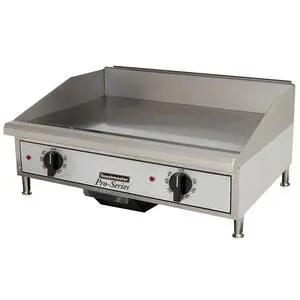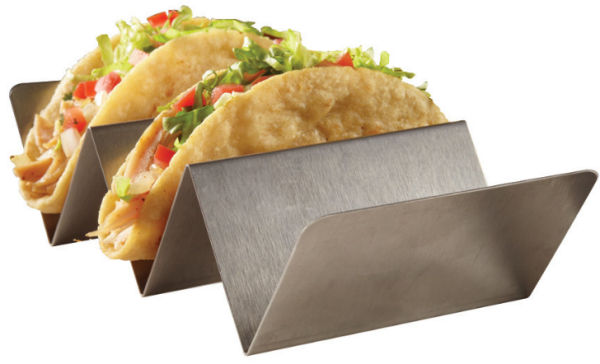
The history of tacos began centuries before the word “taco” was internationally recognized as Mexico’s favorite food.
Tacos – under an ancient name – fed the Mayans and Aztecs. Tacos survived a Hernán Cortés-led Spanish invasion in the 1500s and centuries later, influenced a newly-formed country north of its border (United States of America). Meanwhile, tacos morphed from a food once considered for lower classes to a dish eagerly eaten every Tuesday in America (with frozen margaritas!) by corporate executives wearing expensive suits, their ties flipped backward to avoid dipping into salsa.
Today, the history of tacos continues in places like Atlanta’s Agavero Cantina (Lilburn and West Midtown locations), El Azteca Mexican Restaurant (Buckhead, Dunwoody, Milton, Sandy Springs) and The Blaxican Food Truck, which in 2017 launched The Blaxican MexSoul Restaurant. And, they’re successful. In America, 62 percent of Mexican restaurants have been in operation for more than five years, far above the restaurant industry average.
Click here to view our Cinco de Mayo Specials
Five Bites with... Lesley Téllez of Eat Mexico
Téllez is a journalist, culinary tour expert and Mexican cookbook author. She authored "Eat Mexico: Recipes from Mexico City’s Streets, Markets and Fondas in June 2015 (Kyle Books). Téllez operates Eat Mexico, which offers culinary walks focusing on street food, markets and local food history in Mexico City and Puebla.
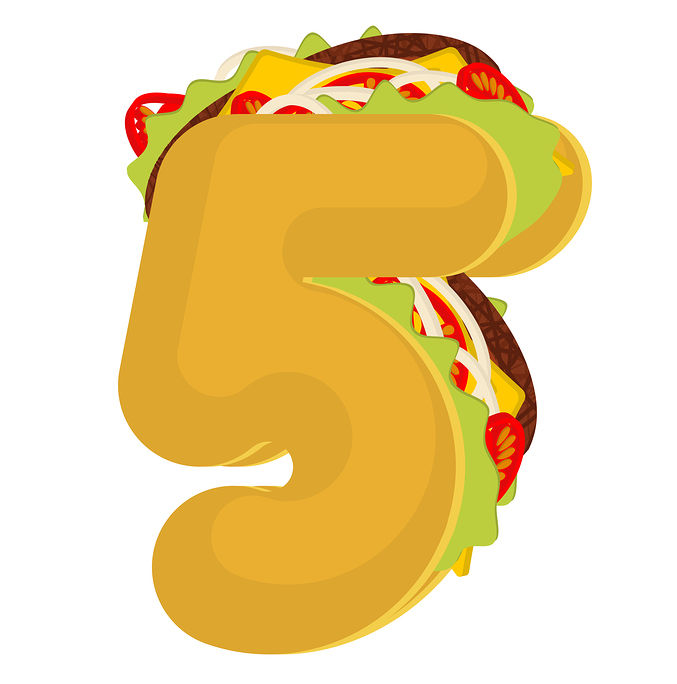
During your Eat Mexico Tours, what has surprised you about American clients?
"Most of our clients are Americans. And we get people that think they know Mexican food. And they find out it’s a lot more regional than they thought it would be."
How would you describe a taco created in Mexico?
"A taco can be anything you need it to be. No matter what you’re eating, you can always make a taco out of it."
How many tacos are native to Mexico?
"In Mexico, there's infinite types of tacos. You can’t just Google, 'How many types of tacos are in Mexico' .. Nobody knows the answer. You could spend your entire life here trying to figure out how many tacos there are in Mexico. And you still wouldn't."
Why do you believe tacos made in Mexico are better than American-made tacos?
"In Mexico, things just taste fresher, more pungent. I think even if the same ingredients are used in America, here, you’re able to experience the expertise of a person who has made an item for 20 years, and his mom and dad before that; and their parents.
"It's really amazing to experience that kind of experience and artisanship on the street, and you can taste it."
Why have some fast food franchises thrived in Mexico, while Taco Bell - America's largest Mexican food chain - has failed?
"Mexicans are really, really proud of their food, history and culture that stretches hundreds of years. You can’t come in claiming to know and serve different types of tacos that are actually nothing like what these people ate growing up.
"I think it’s so far removed from what people are used to eating. I think people were offended that some kind of bastardization was in their hometown... We can go get street tacos for the same price – maybe even cheaper... by a woman who took her corn to the grinder and is making something special in front of my face instead of eating some kind of processed crap."
The History of Tacos: Frozen Margaritas, the taco’s sweet and salty sidekick for any occasion
Sorry Tequila. No shots today. We're ordering frozen margaritas!
This frozen drink order, as well as the on-the-rocks version, serves as the ultimate Mexican cocktail – from Taco Tuesday events and Cinco de Mayo to National Taco Day or… wait, do you really need a good reason to drink frozen margaritas?
Salud!
Check out ACityDiscount’s Lisa Wilson in the video. She demonstrates the ease in which foodservice operators can create frozen drinks with Frosty Factory’s line of margarita machines.
Check out our selection of frozen drink machines here.The History of Tacos: Pick a Taco
In the early 1900s, immigrants from Mexico adapted to America, their new country, and new food resources. No wonder the basic American taco closely resembles the hamburger, another favorite American fare: ground beef, cheese, iceberg lettuce and tomatoes – hold the hamburger bun.
Ironically, America’s definition of a taco has not penetrated Mexico’s food scene. Other cultures, though, have influenced tacos in Mexico – as immigrants moved to the country – from the French and Italian to Lebanese and German, according to Joy Adapon: Culinary Art and Anthropology.
You won't find any cheese on authentic tacos. These carne asada tacos were prepared at La Oaxateca Taqueria in Riverdale, GA.

La Oaxateca Taqueria, located in Riverdale, GA., showcases the difference between Authentic Mexican and Tex Mex. It’s more than looks. It’s a different taste.
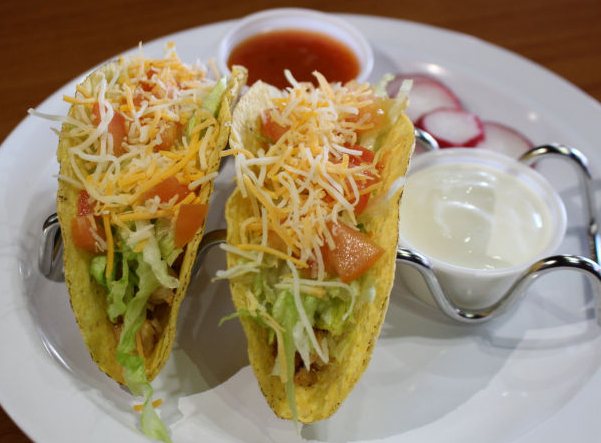
If you can't beat 'em... the Americanized version of tacos includes All-American ingredients like ground beef, tomatoes, iceberg lettuce and of course, cheese. Prepared at La Oaxateca Taqueria in Riverdale, GA.
Test your history of tacos knowledge: How many tacos do you know? (Answers are at bottom of this article.)
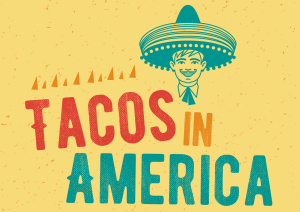

- 9 – percentage of American restaurants with Mexican menu types (59,800) as of April 2017
- 62 – percentage of Mexican restaurants in the U.S. in operation for more than five years.
- 97 – percentage of Mexican restaurants classified as independent (nine or fewer units in operation).
- $500,000- 1,000,000 – average annual sales at 54 percent of Mexican restaurants.
- $45 billion – Annual sales of Mexican menu type in the U.S.
- States with the largest percentage of Mexican menu type: Texas (18 percent), New Mexico (14 percent), California (13 percent), Arizona (12 percent), Colorado (12 percent)

Did you Know: In Mexico, tacos are either a morning treat or nighttime snack. Want a taco from noon to 6 p.m.? Good luck!
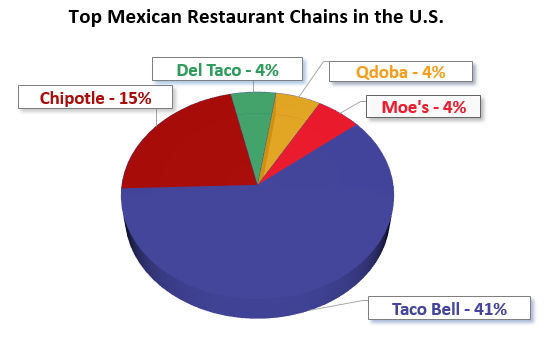
ACityDiscount is proud to support Mexican restaurants and their passion for cuisine - tacos and beyond.
The History of Tacos is still being written, one order at a time.
Test your history of tacos knowledge: How many tacos do you know? Answers:
- ADOBADA – pork marinated in red chile sauce.
- BARBACOA – shredded Beef seasoned with dried chilies.
- BUCHE – pig stomach simmered in onions, garlic, oregano, bay leaves, ancho, jalapenos soy sauce.
- CABEZA – cow head brined overnight then simmered.
- CARNE ASADA – grilled/seared beef (flank steak).
- CARNITAS – roasted pork shoulder stewed with oregano, cumin, chili powder, lime juice and other spices.
- CECINA – thin-sliced beef seasoned then dried (or smoked).
- CHICHARRÓN – fried pork rind simmered in salsa.




